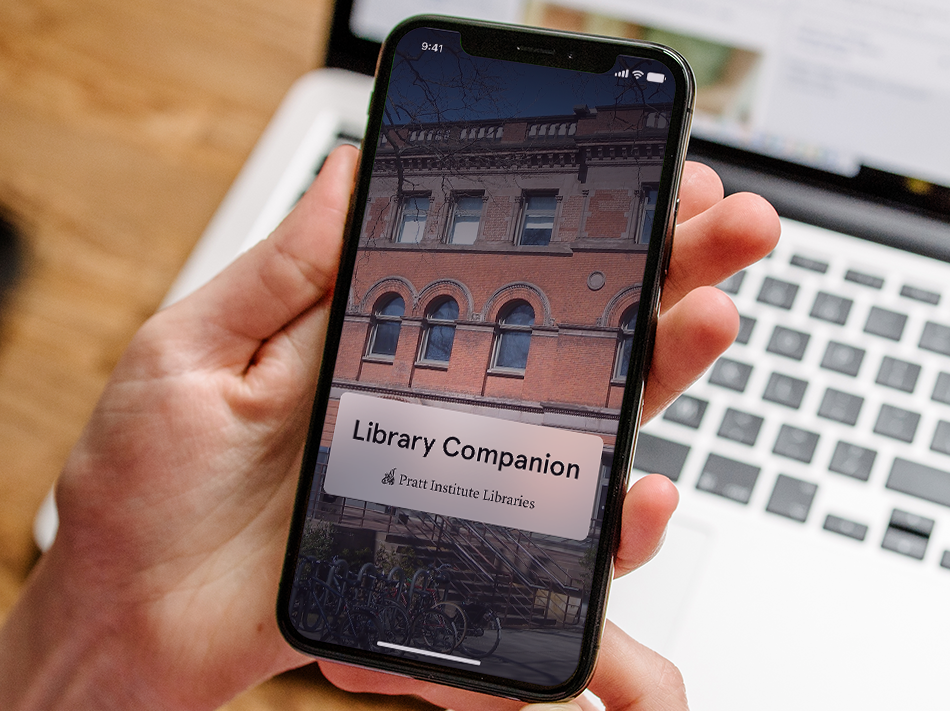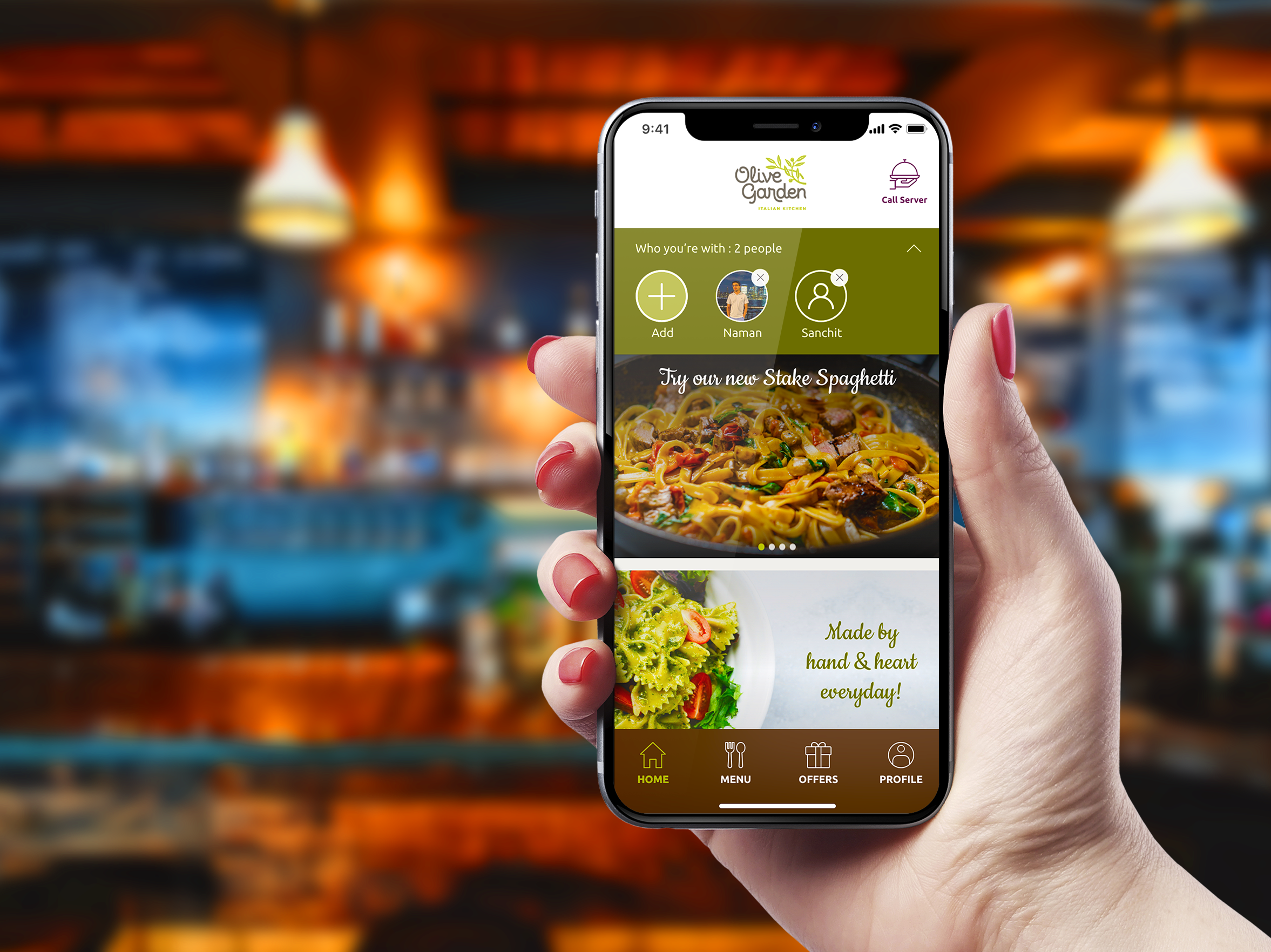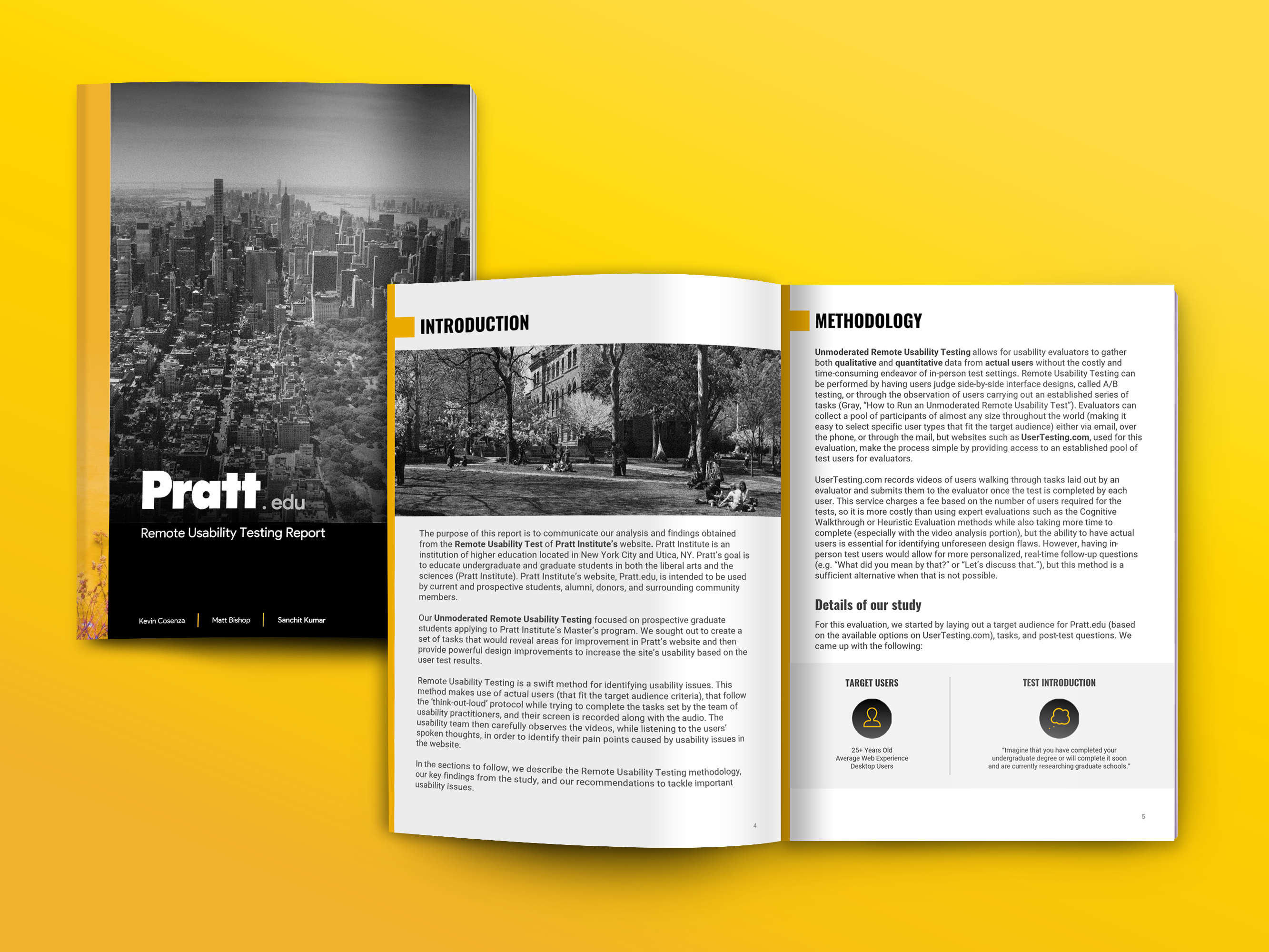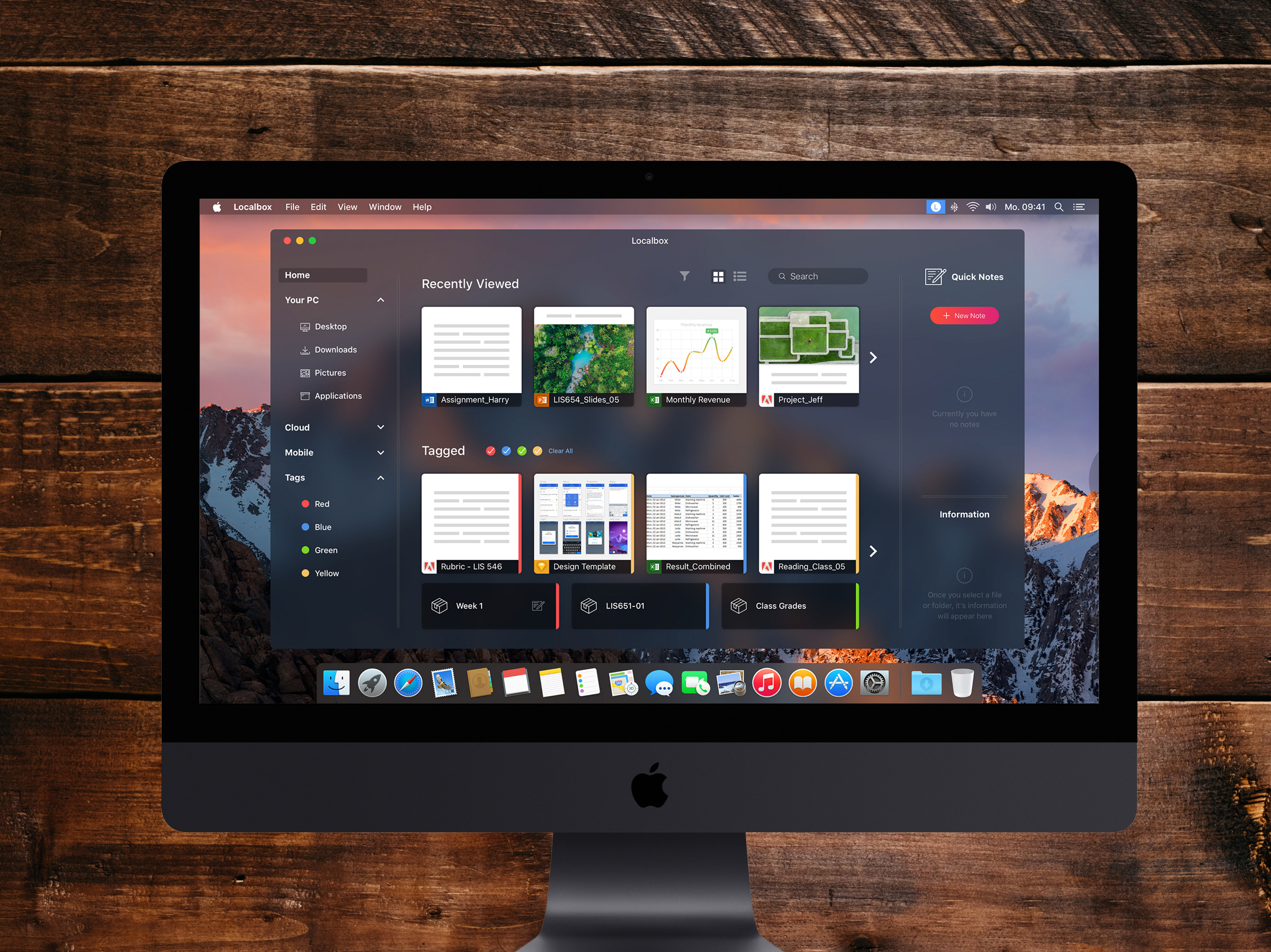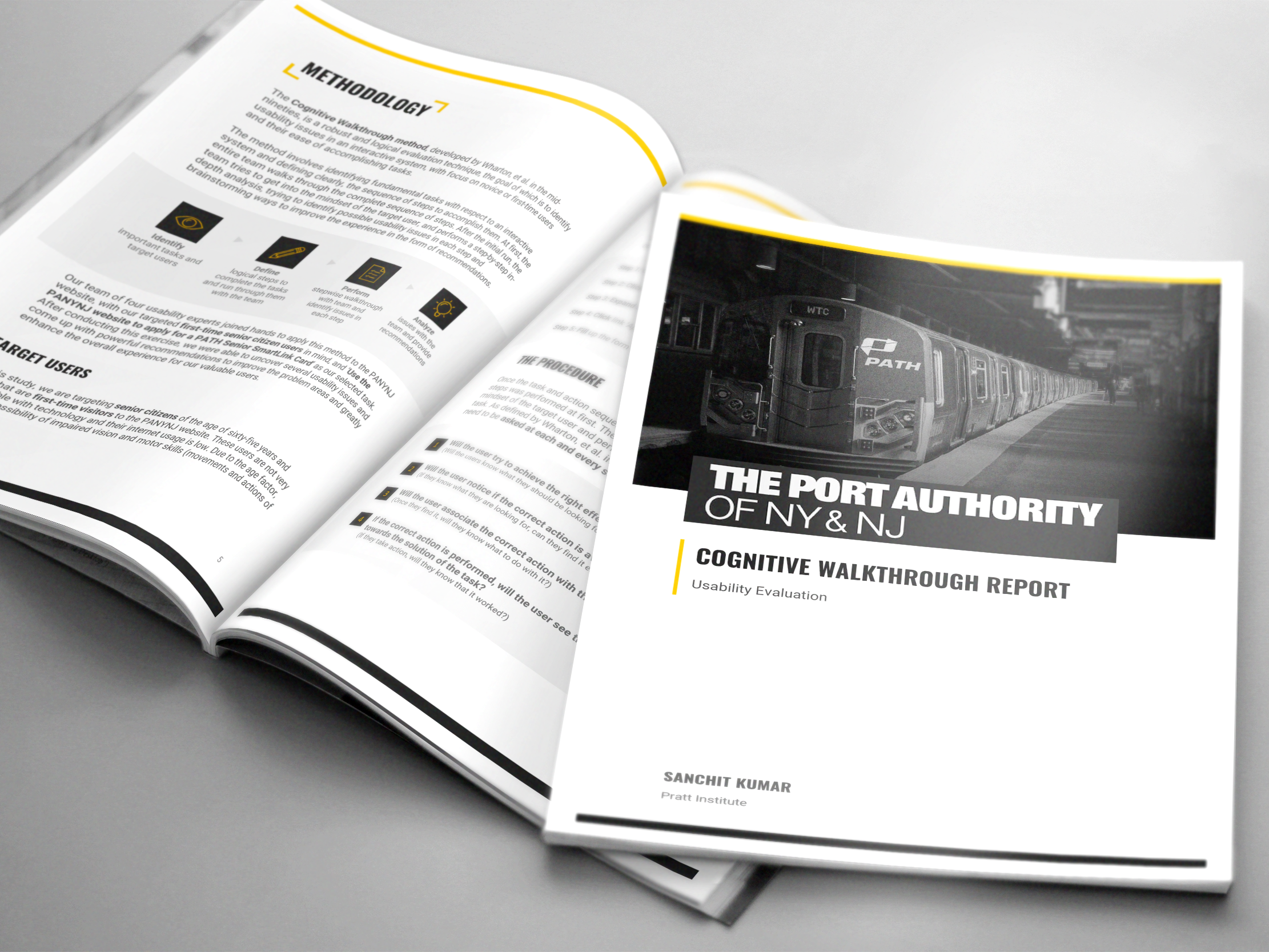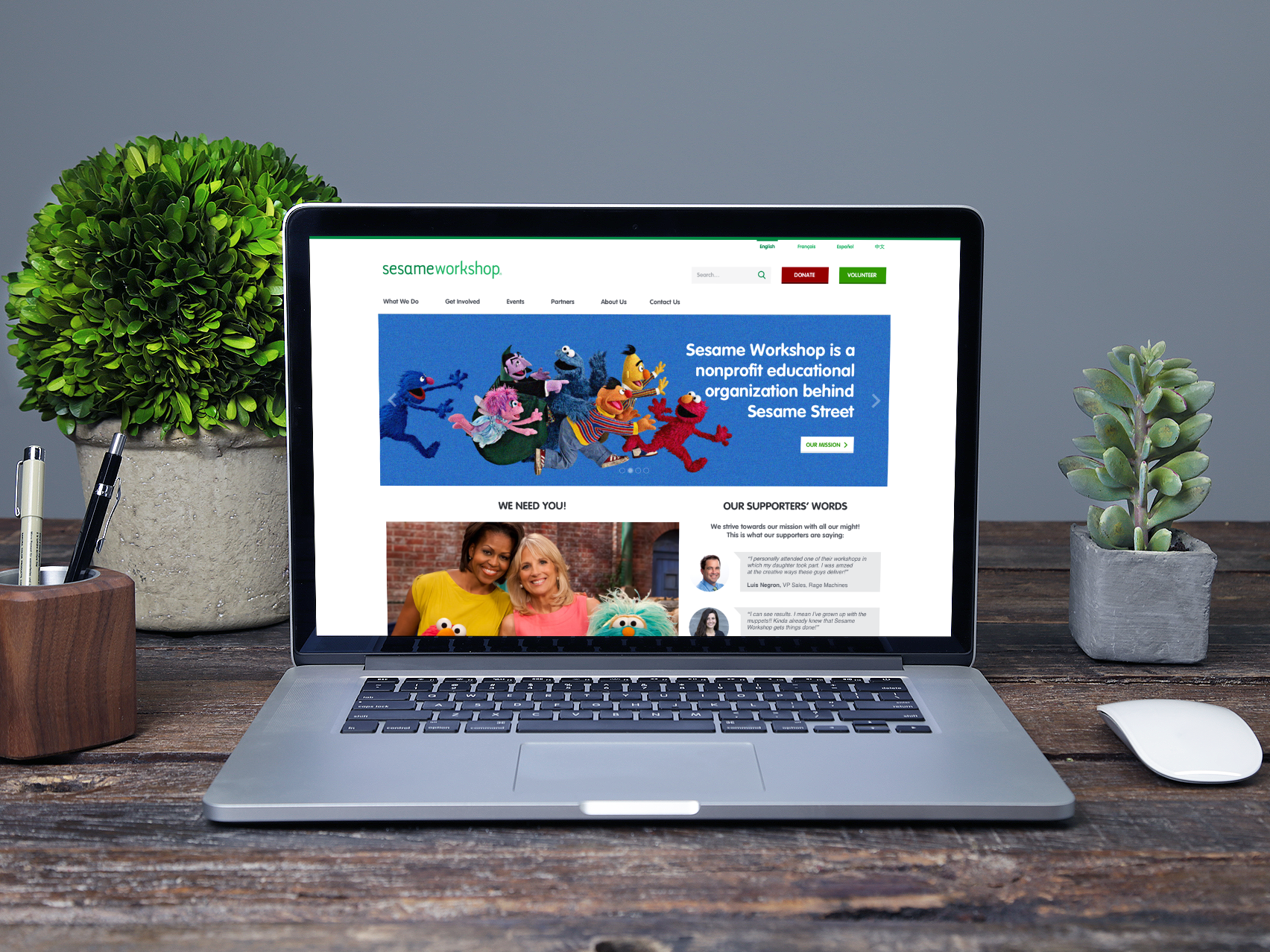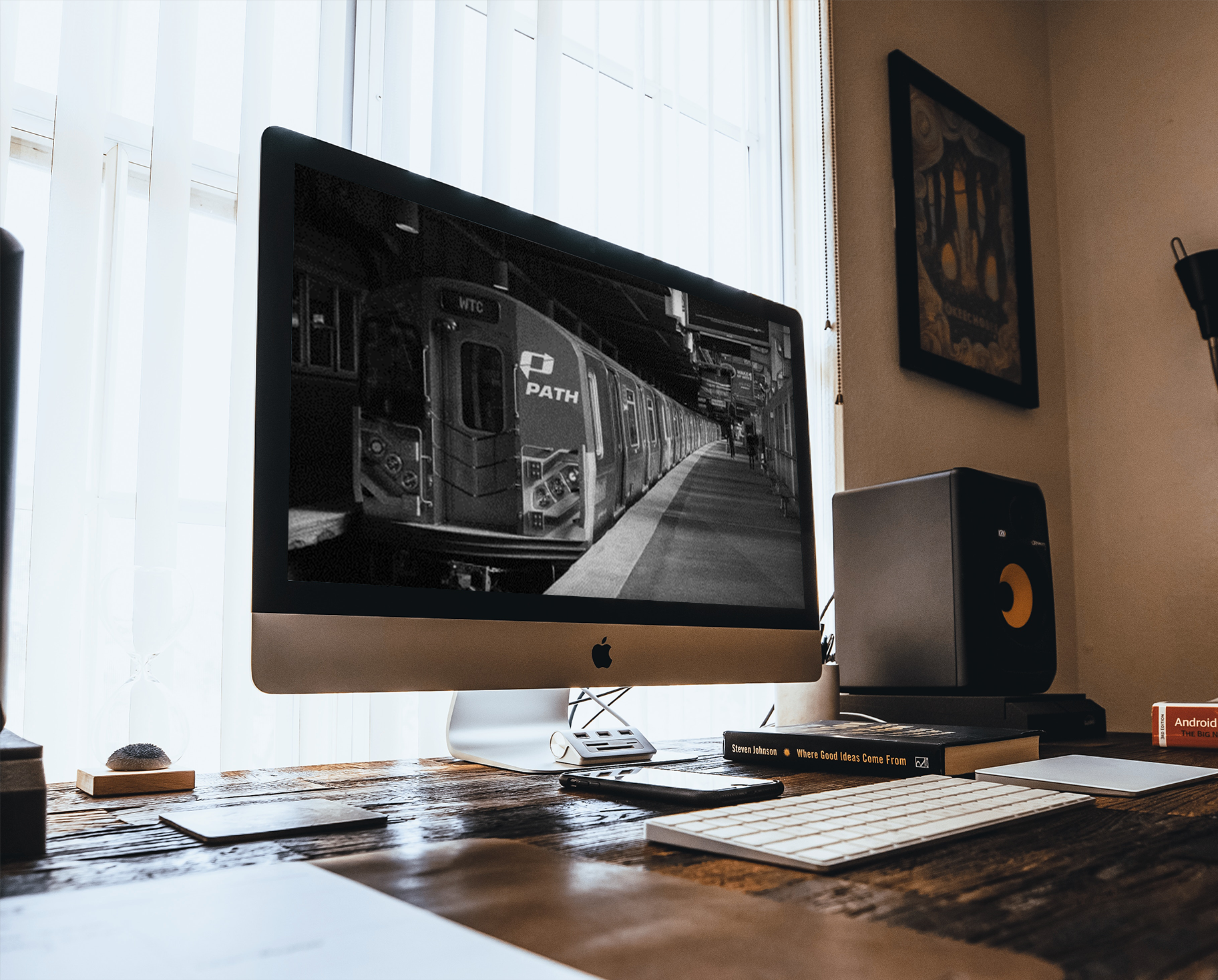
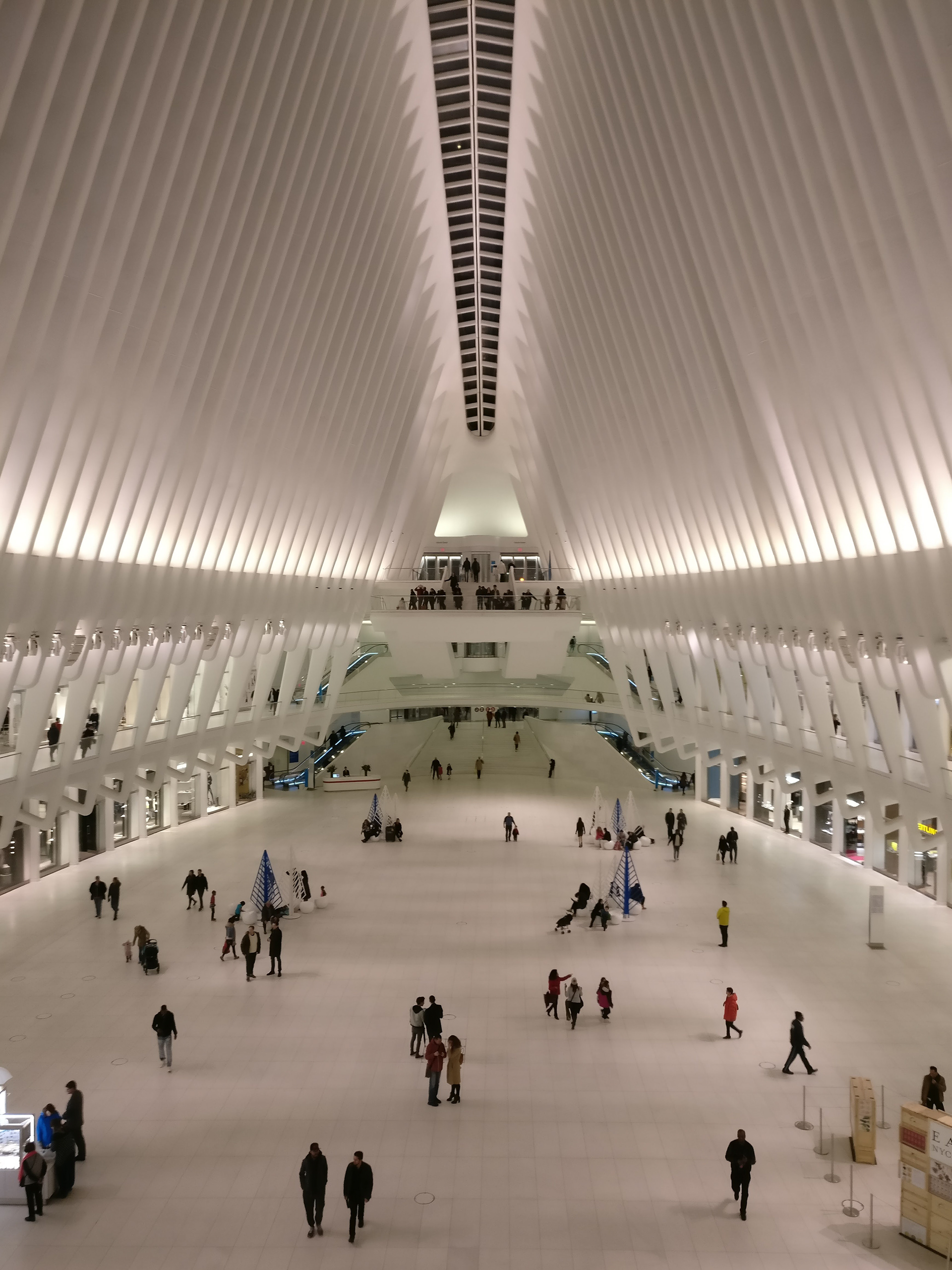
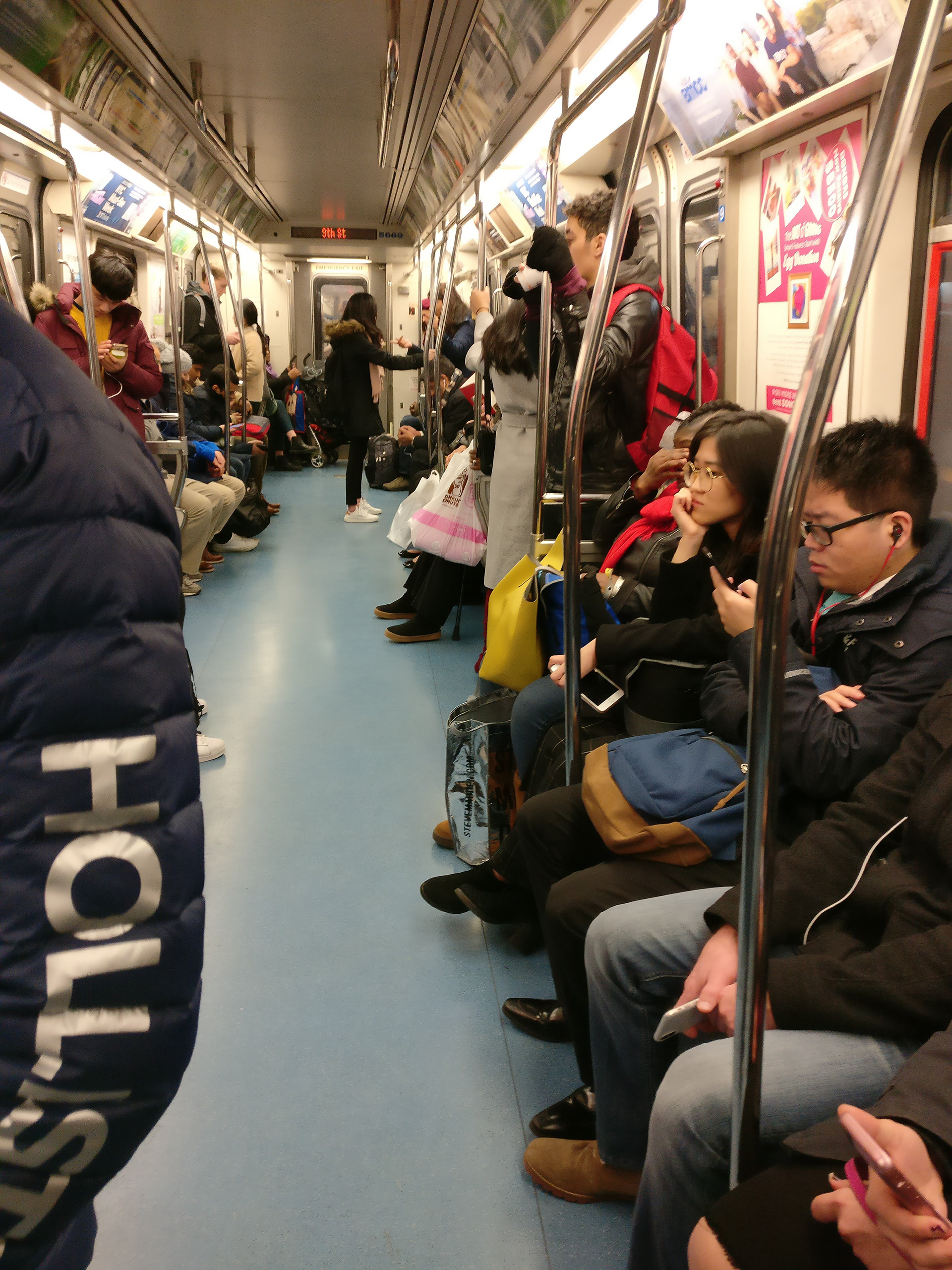
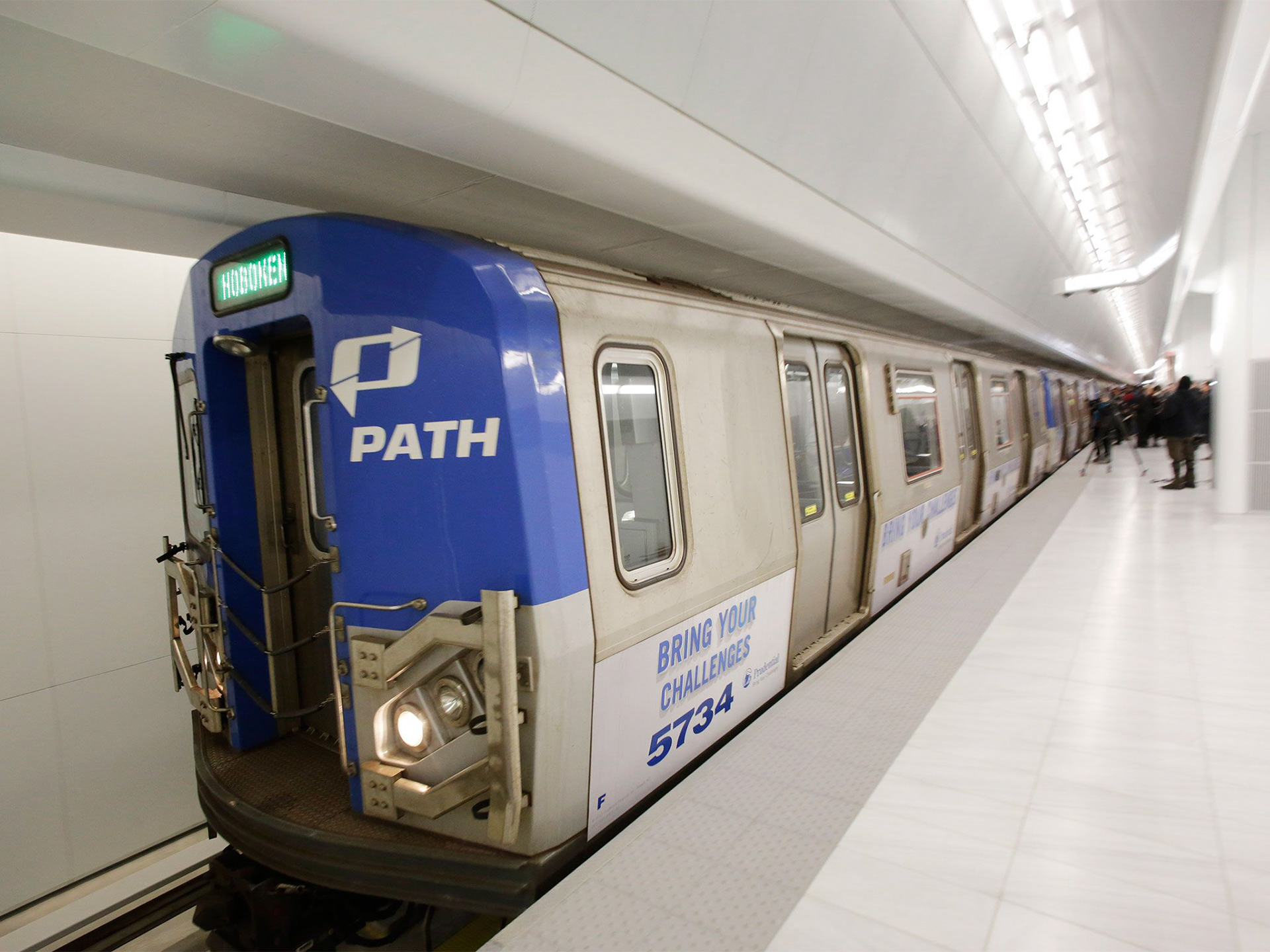
ABOUT THE PROJECT
This project involved thinking about an area of improvement in New York City and conducting exploratory research on the topic. My research topic was "How can the PATH train experience be improved for the millions of patrons using the service each month?".
This idea sparked the following statement in my head: In 2030, I believe that the Improved PATH Train Experience Program will have a great impact on improving the commute experience of 6 million+ commuters per month and growing (source: PATH statistics, Port Authority of NY and NJ, 2018).
My Role
I was the primary researcher to perform the exploratory research. All components of ethnographic research were included:
- Observations
- Interviews
- Diary Studies
Each component was individually done, with thorough analysis at each step.
Disciplines
User Experience Research, Ethnographic Research, Observation, Diary Studies, User Interviews
THE METHODOLOGY
Observation
I started off my research with observation, where I observed people taking the PATH trains at various times.
I observed them at the station, at the platform and inside the train.
Observation Goal: I will learn about the current path train experience by observing commuters at the station, at the platform and inside the train
I then analyzed the findings from my observations using affinity mapping.
Observed PATH Train Commuters
Interviews
Based on the key insights from the observations, I then decided to Interview 4 people that take the PATH train regularly.
I recruited them using a screening questionnaire that checked if they were regular commuters and had been using the PATH train services for a considerable amount of time.
Interview Goal: I will interview regular PATH train commuters about their journey and their experience, while trying to dig deeper to understand their needs and pain points.
I then analyzed the findings from the interview using affinity mapping and figured out the area of focus by creating the first draft of a Journey Map.
Interviewed regular PATH Train Commuters
Diary Studies
Based on my findings from the interview and the first draft of the Journey Map, I understood what area to focus the research on and decided to perform diary studies with 3 participants for 3 days at their convenience.
I asked the participants to gather information about any anomalies that they encounter at the ticketing and platform entry phases of the people's PATH train journeys by using the Moments framework.
In the Moments framework, the participants need to collect real-time data, at the very moment an event of interest occurred.
Diary Study Goal: I will have a few regular commuters capture and describe any anomalies that they spectate during the ticketing and platform entry phases of the PATH train journey.
After the diary studies, I analyzed the findings, and based on the insights, I completed the Journey map. I also clubbed the data with the previous findings and created 2 personas.
With the collective data of Observation + Interviews + Diary Studies, I came up with 3 key insights (Explained in the following sections)
Diary Studies: 3 Participants asked to capture real-time anomalies (Moments Framework)
STEP 1: OBSERVATION
The Goal
To learn about the current path train experience by observing commuters at the station, at the platform and inside the train at various times and locations
The Process
I made my observation using the POSTA observation protocol -
People
Objects
Situation
Time
Activity
Objects
Situation
Time
Activity
The Analysis
To analyze my observations, I conducted a few rounds of affinity mapping to arrive at the key findings.
Quick rounds of Affinity Mapping - Observation Data Analysis
The Key Findings
- I observed that most people travelling by the PATH trains carry items like bags, briefcases, cycles, prams etc.
- I observed that the queues, though usually short to negligible, can get longer during peak hours around the times 8:00 am and 5:00 pm
- I observed a few people get the low balance / no trips message at the turnstile, after which they went back to the recharge kiosk
- I observed that during non-peak hours, dance performers or musicians perform in the PATH train, and some people enjoy watching them
- I observed that many people look into their mobile phones in the PATH
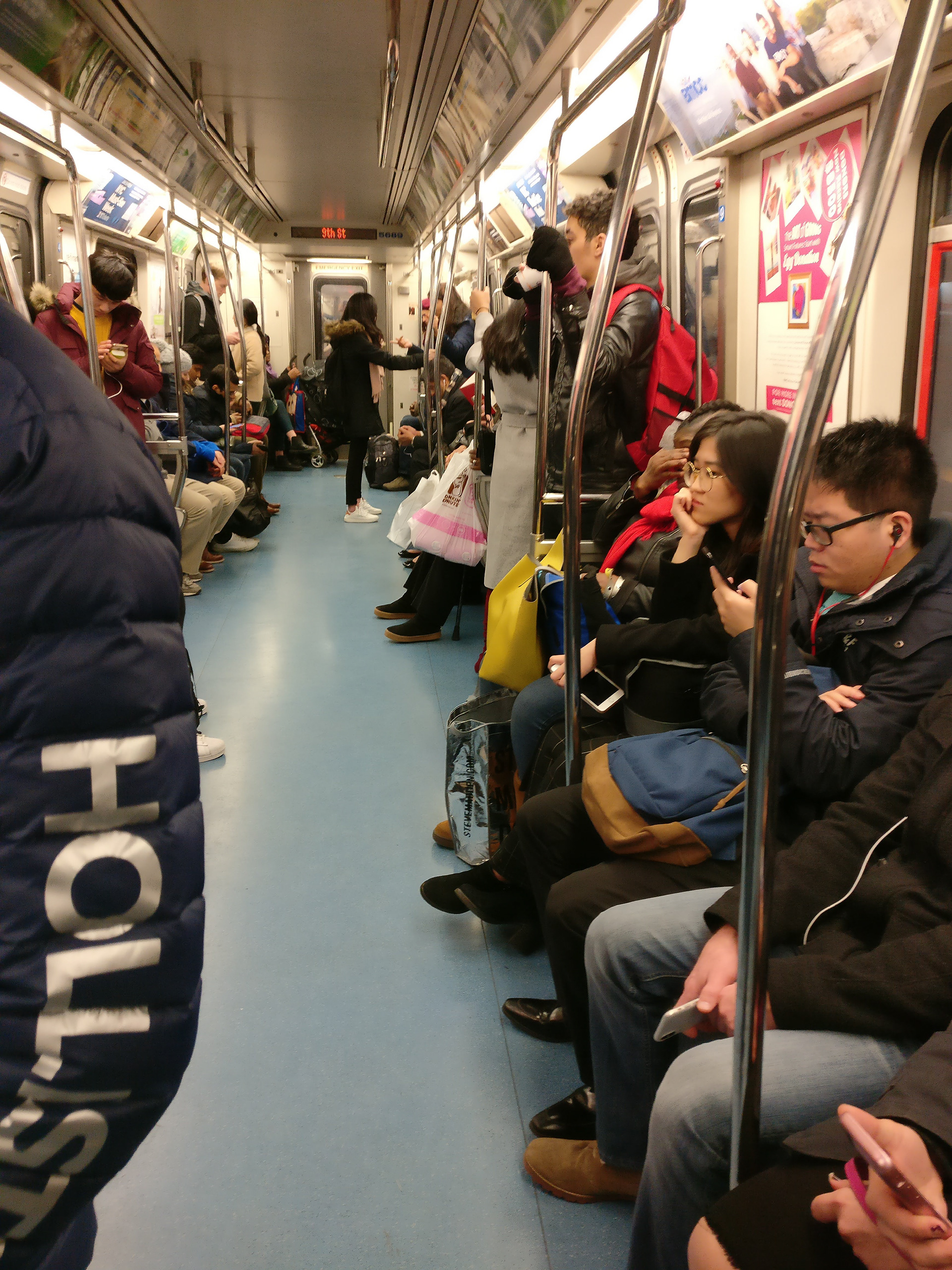
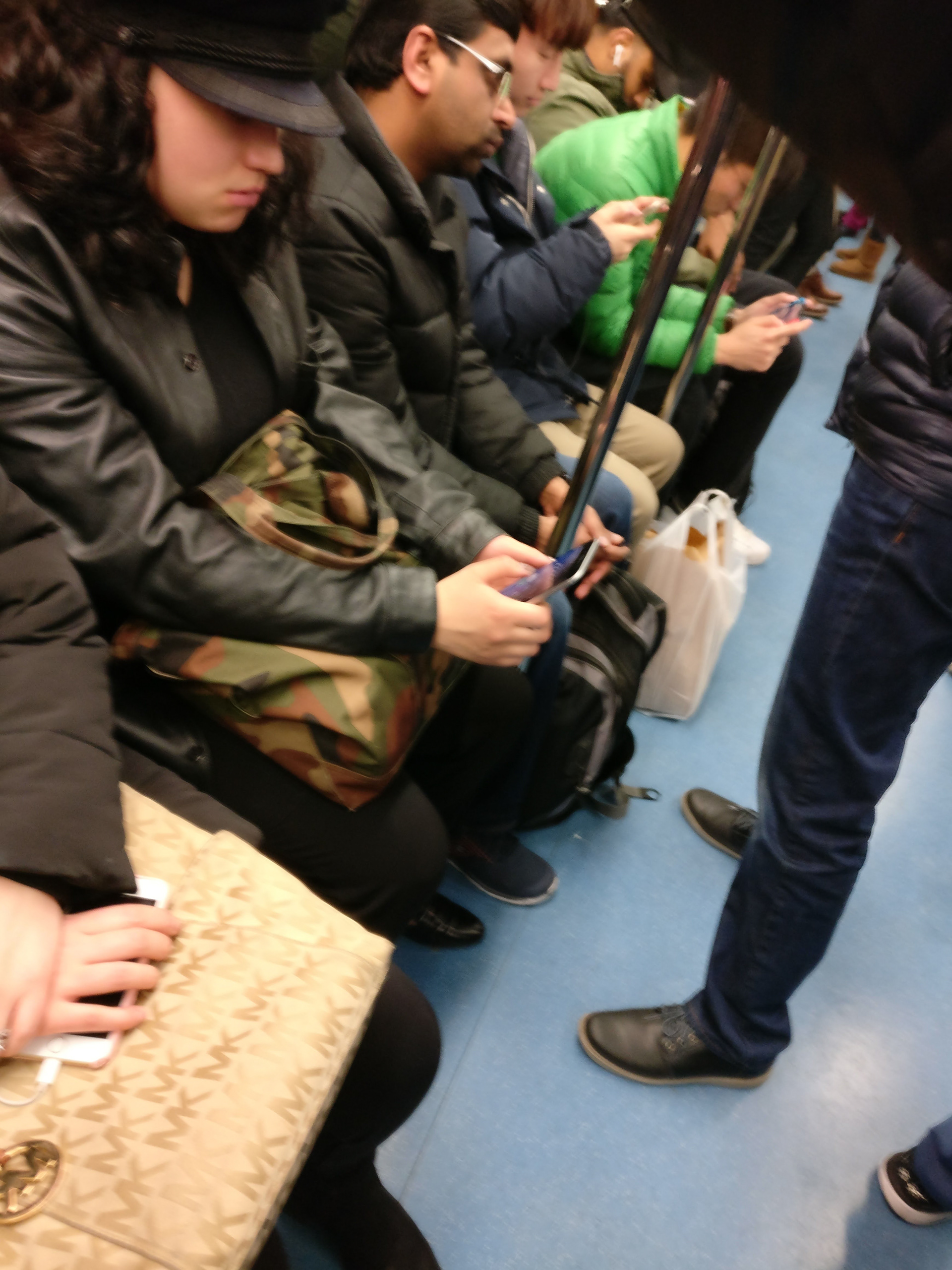
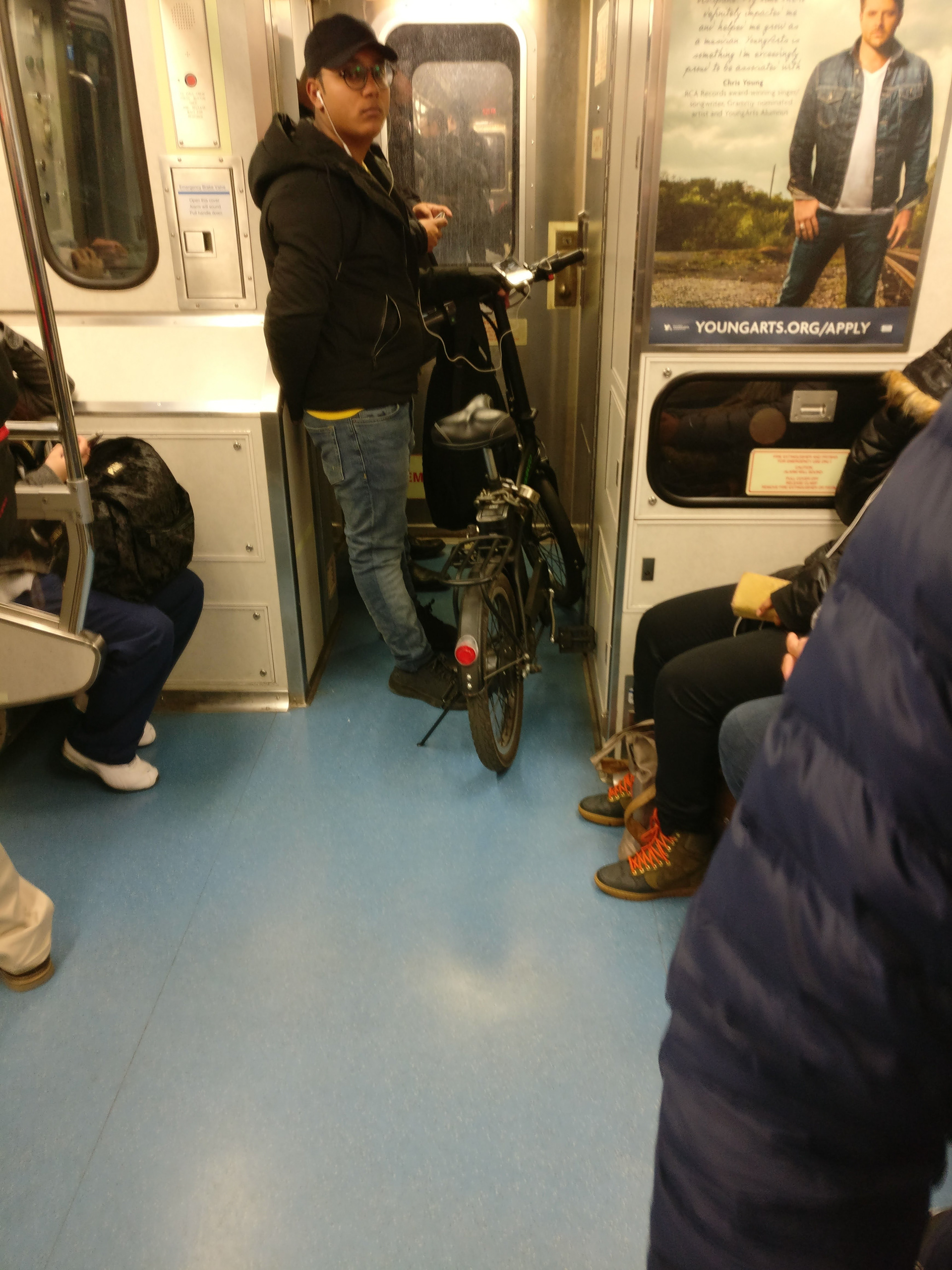
STEP 2: INTERVIEWS
The Goal
To interview regular PATH train commuters about their journey and their experience, while trying to dig deeper to understand their needs and pain points.
The Process
I created a screening questionnaire to recruit the right people for interviews (Regular PATH commuters, been using path for a significant amount of time):
Interview Screening Questionnaire
I then conducted 4 interviews with people that accepted my request and satisfied the screening criteria. While interviewing, I took down notes as well.
Here are a few things I heard:
Interviews: Few thing I heard
The Analysis
I analyzed the interview notes by first creating a data sheet and then using affinity mapping to club similar findings together:
Affinity Mapping: Interview Research Findings
The Key Findings
After thorough analysis, I uncovered the following findings:
- The PATH ticket kiosk experience is not satisfactory
- People aren't too fond of the card ticketing concept
- PATH website experience is not good
- People need more modern ticketing means such as through mobile and payments via NFC
STEP 3: DIARY STUDIES
The Goal
To have a few regular commuters capture and describe any anomalies that they spectate during the ticketing and turnstile entry phases of the PATH train journey.
The Process
I recruited 3 regular PATH train commuters to be the diary study participants.
Framework used for diary studies - Moments Framework
In the diary study, if at any time, the participants encountered an anomaly, they would record-
- Date
- Time
- Location
- Person(s) of Interest
- Object(s) of Interest
- Anomaly
The participants then would communicate the diaries via email.
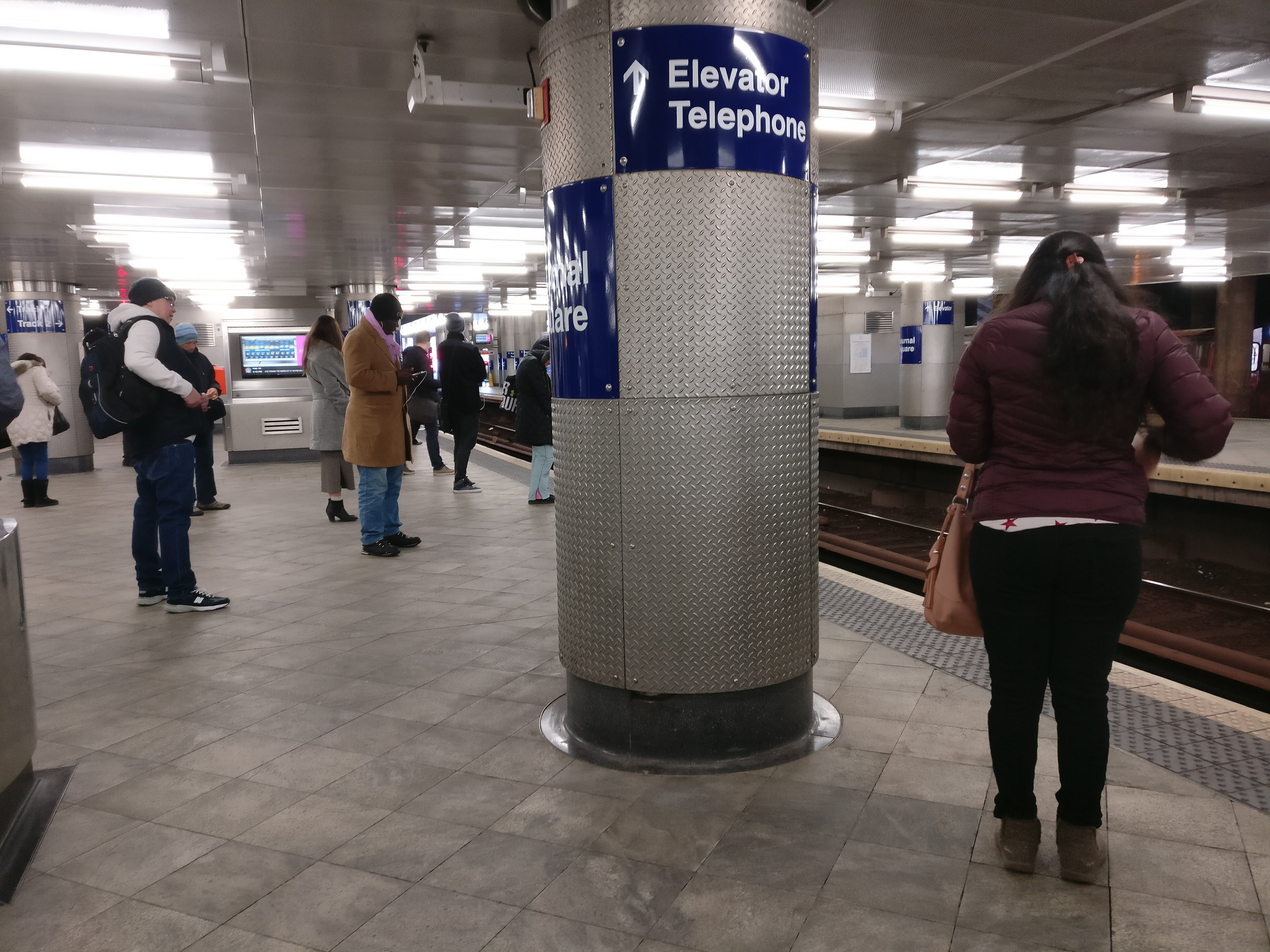

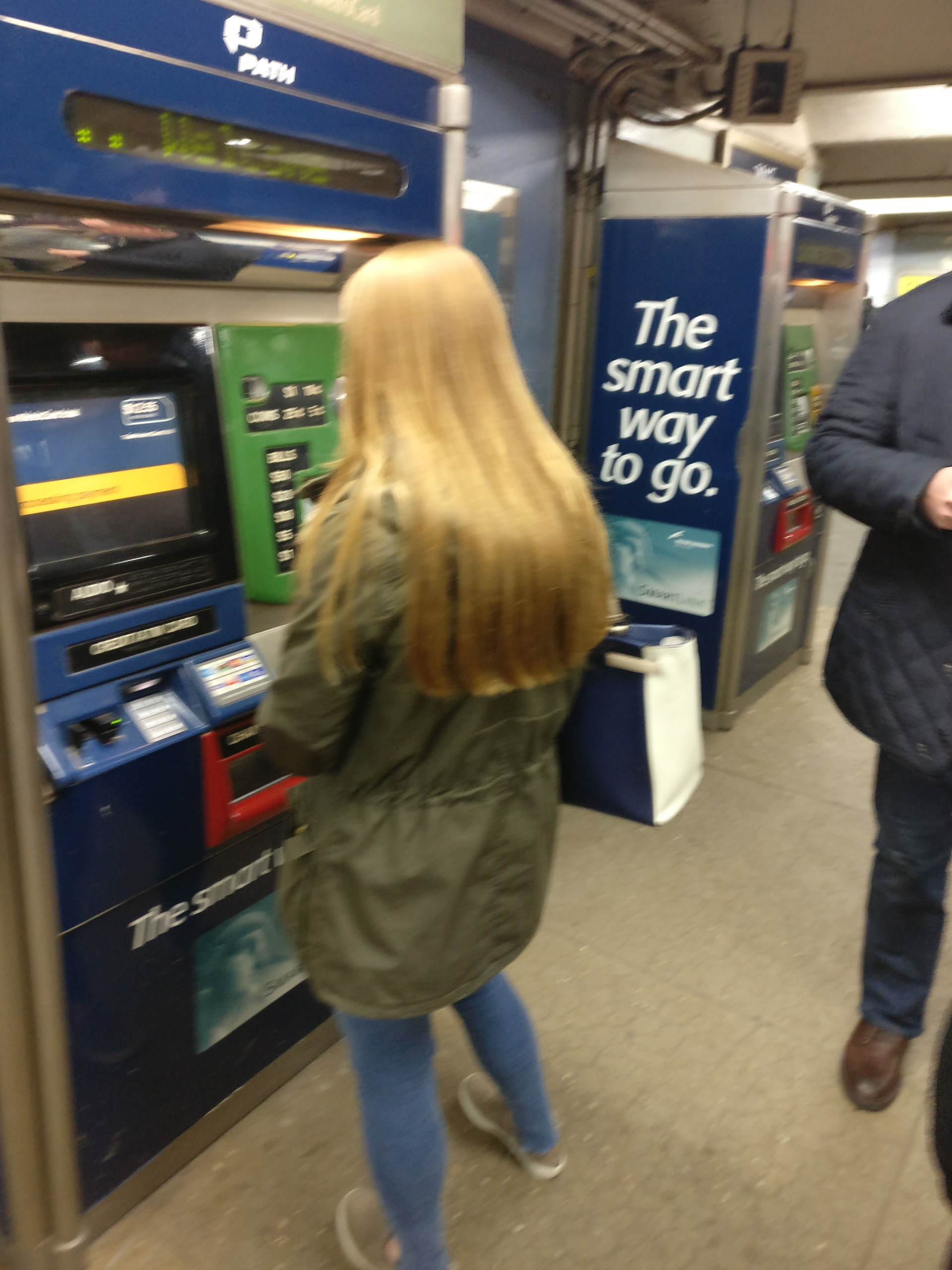
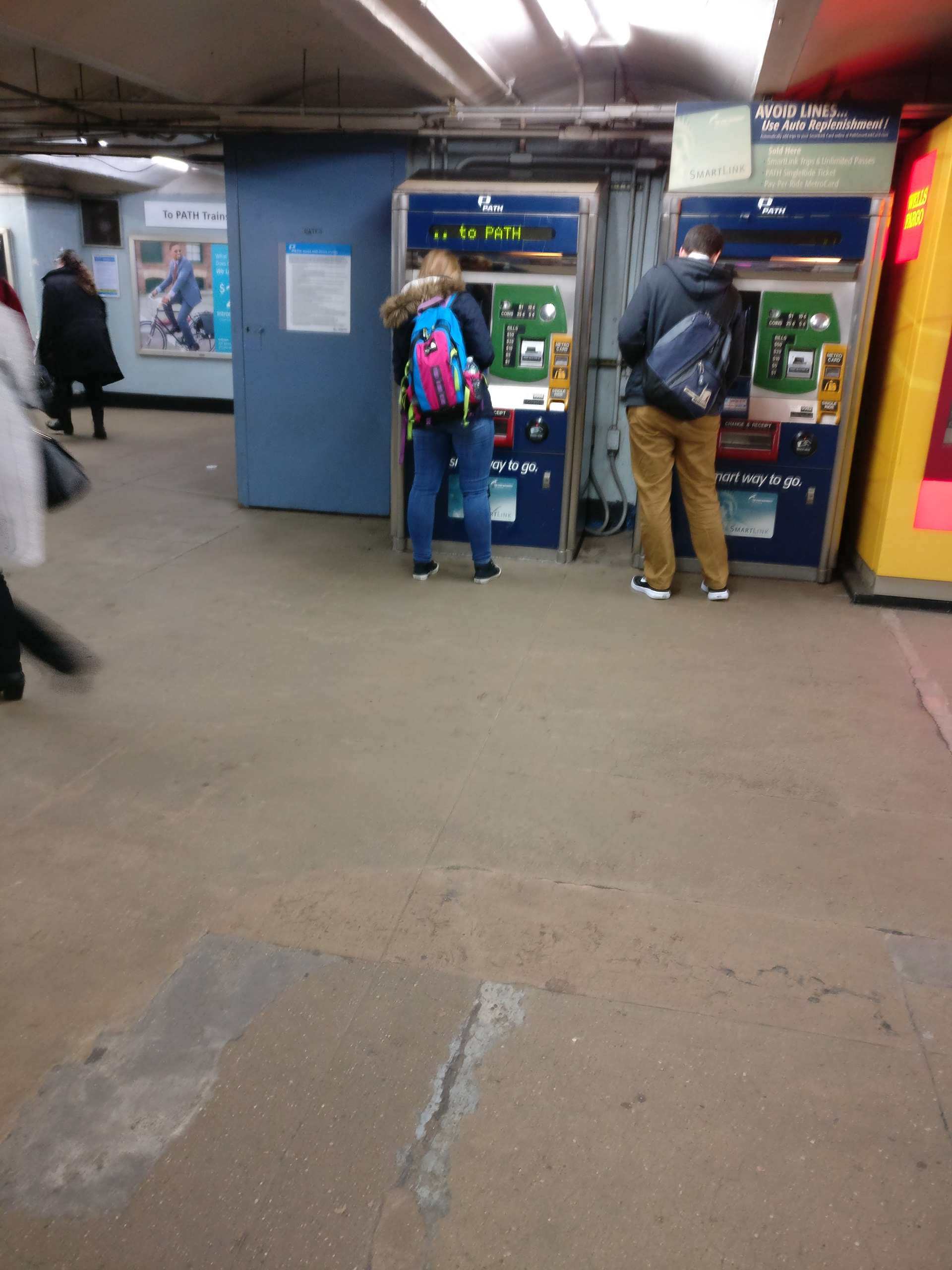
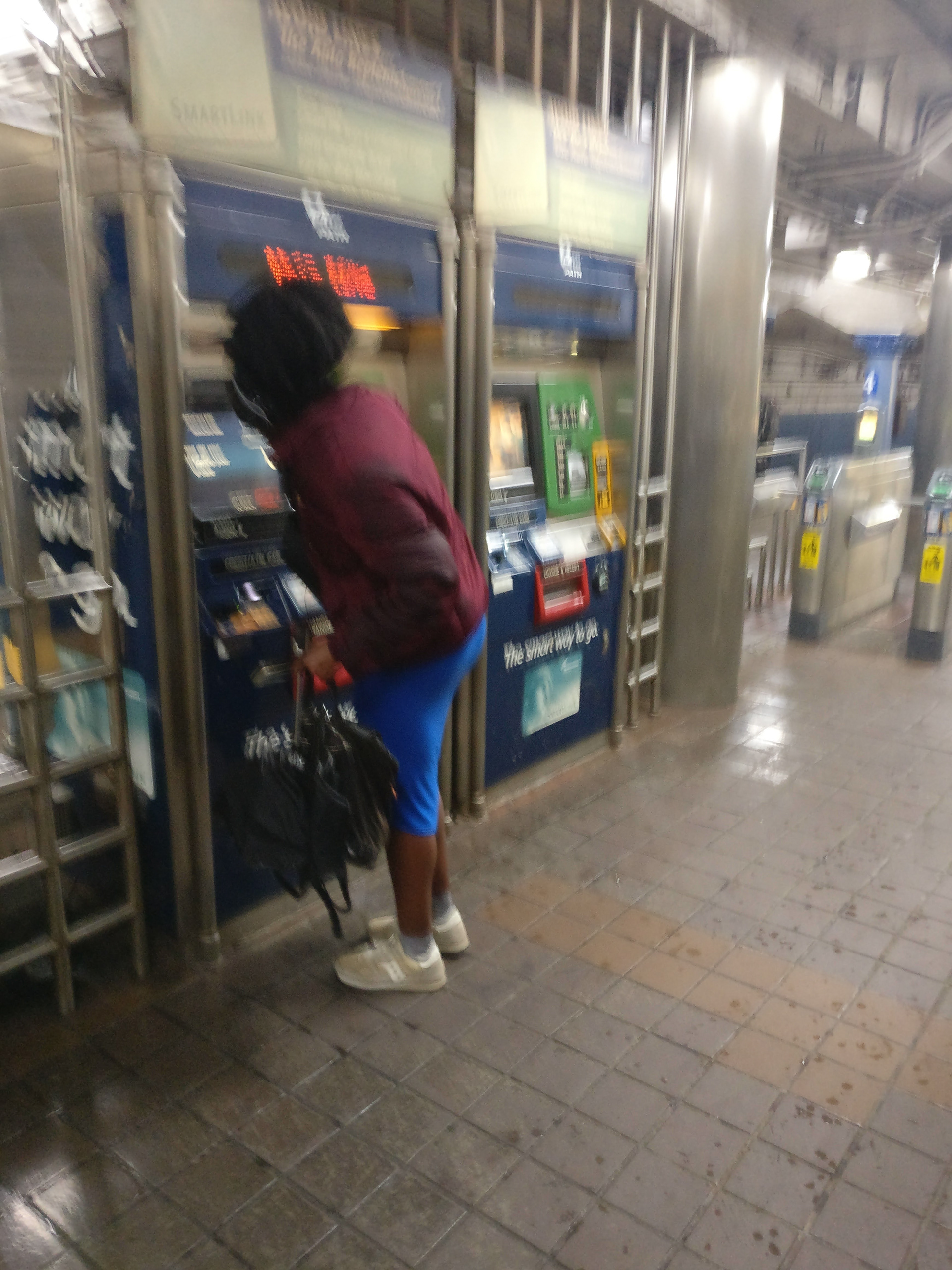
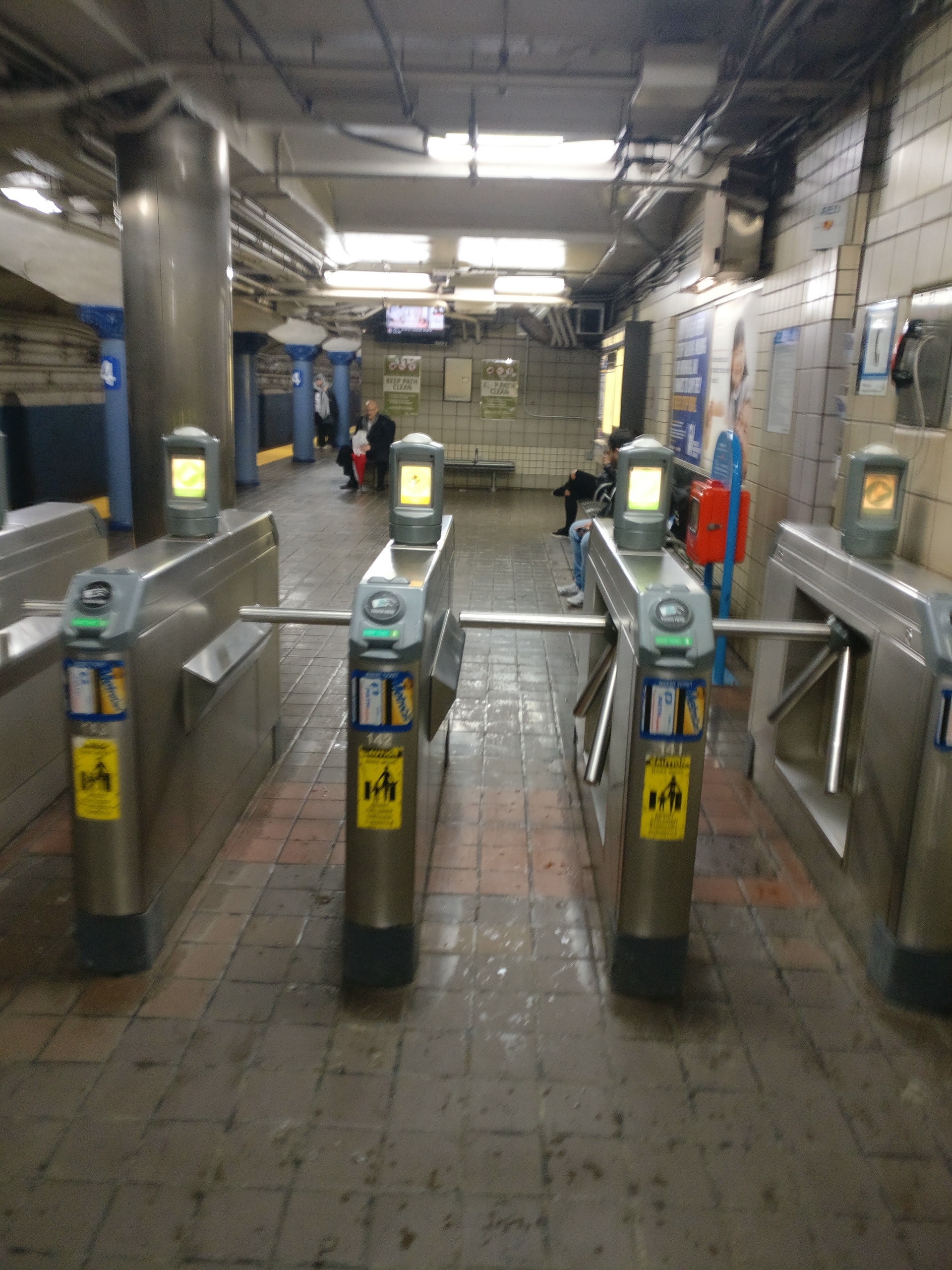
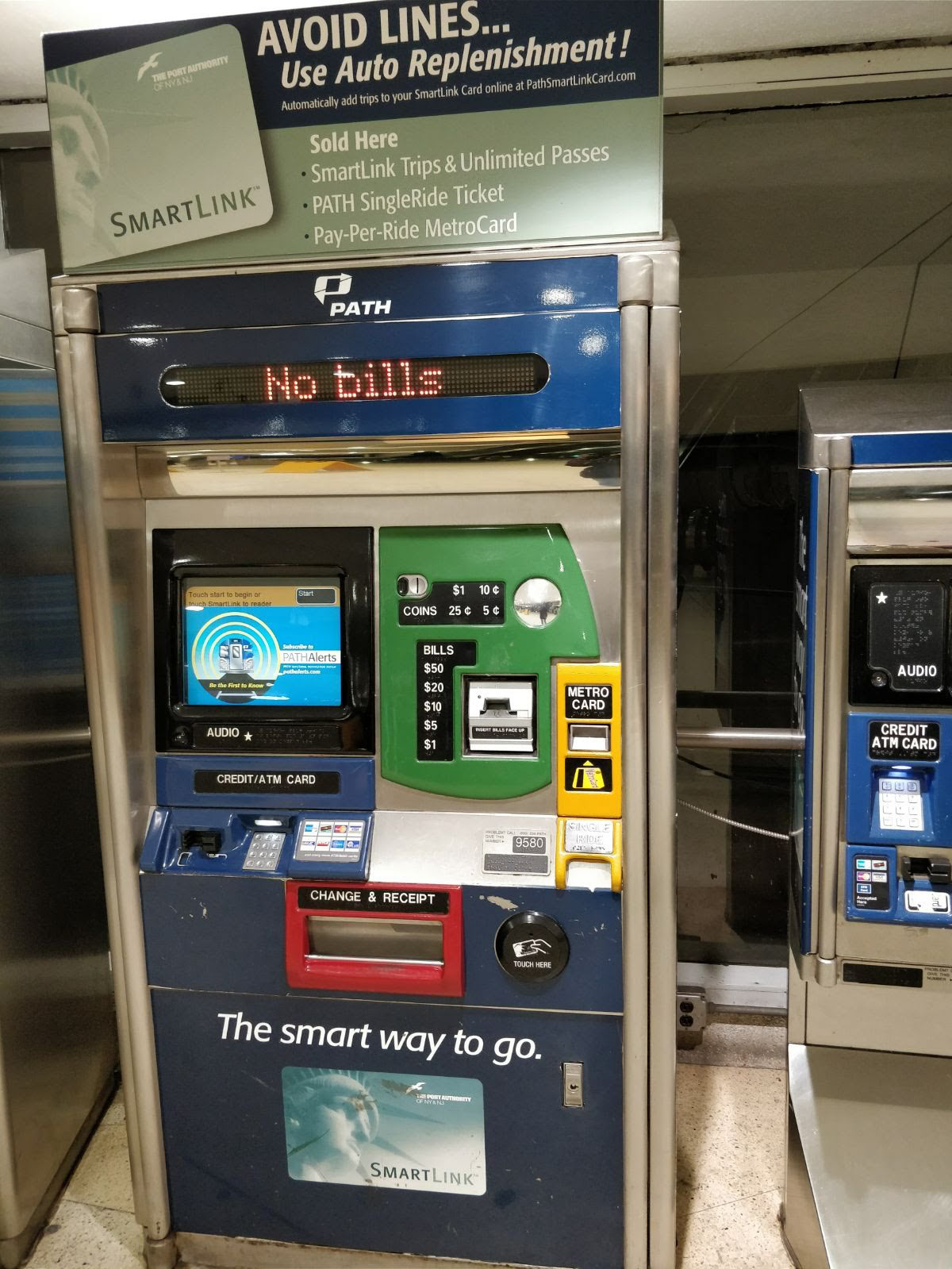

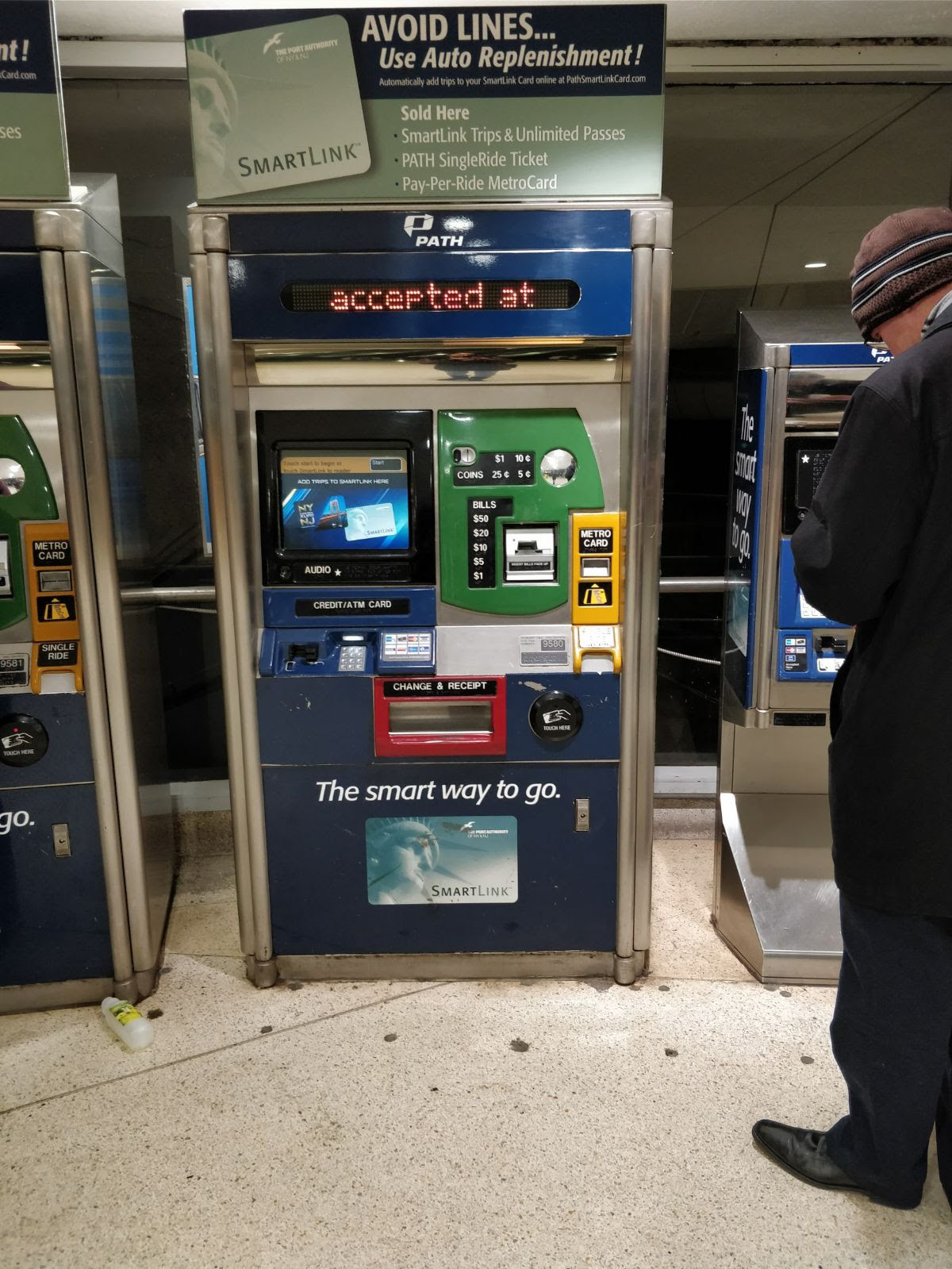
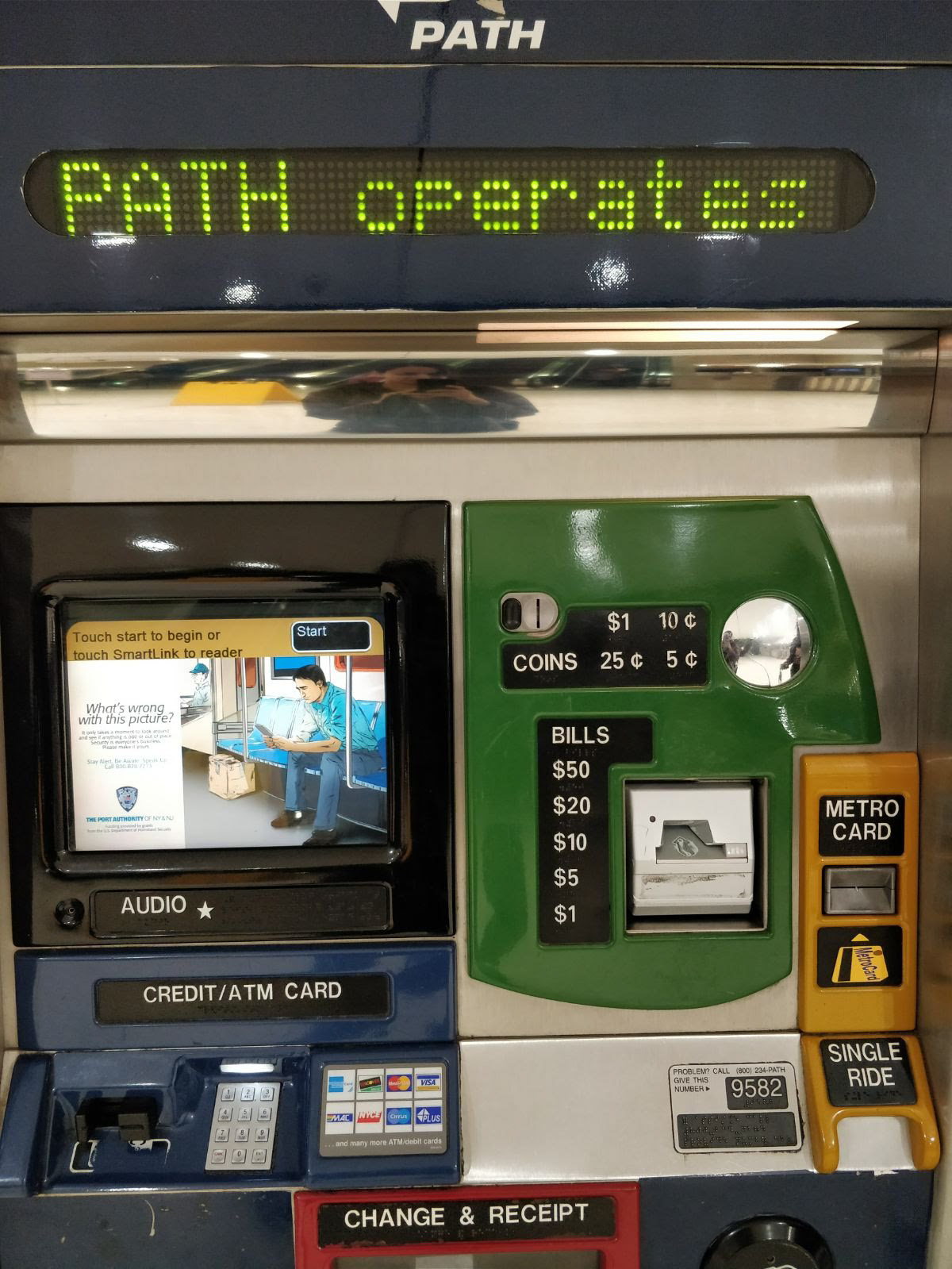
The Analysis
I analyzed the data by first creating a diary studies datasheet:
Diary Study Datasheet
Next, I performed some quick affinity mapping with some of the key findings:
Affinity Mapping - Diary Studies Findings
Key Findings
The key findings from the diary studies were:
- Handling cards, cash, wallet plus other bags can be painful
- Kiosk usability needs improvement
DELIVERABLES & KEY INSIGHTS
With the cumulative data from Observations, Interviews and Diary Studies, I laid out the User Journey Map, and also created two personas representing the two key types of users I researched - young adults, and middle aged persons.
Middle Aged / Young Adults
User Journey Map
User Journey Map: The experience right before riding the PATH train
Personas
Persona 1: Sandra Hill
Persona 2: Devon Weston
Key Insights
After analyzing all data, closely looking at the personas and journey map, I came up with the following key insights:
PERSONAL REFLECTION
I had initially started the project as an overall PATH train experience research project. However, after the Observations and Interviews, it was clear that the major experience drop was at the Ticketing stage, and therefore I had to shift my focus towards researching that topic further.
I did not expect that people would have difficulty operating the PATH Kiosk, as it is so easy for me to use. I learned that everyone is different, and it is important to research before making any assumptions.
I also found out that people enjoy the in-train experience and don’t mind it that much even if it gets a little crowded.
A fun story: while I was doing my research, I also ran into an interesting person on the train, who very randomly started sketching me and handed me the sketch to keep. He and I had a great conversation, where he showed me his previous artwork. The man was 88 years old and his hands now shook with age, not allowing him to sketch as well as he used to, but his previous artwork was truly brilliant!!
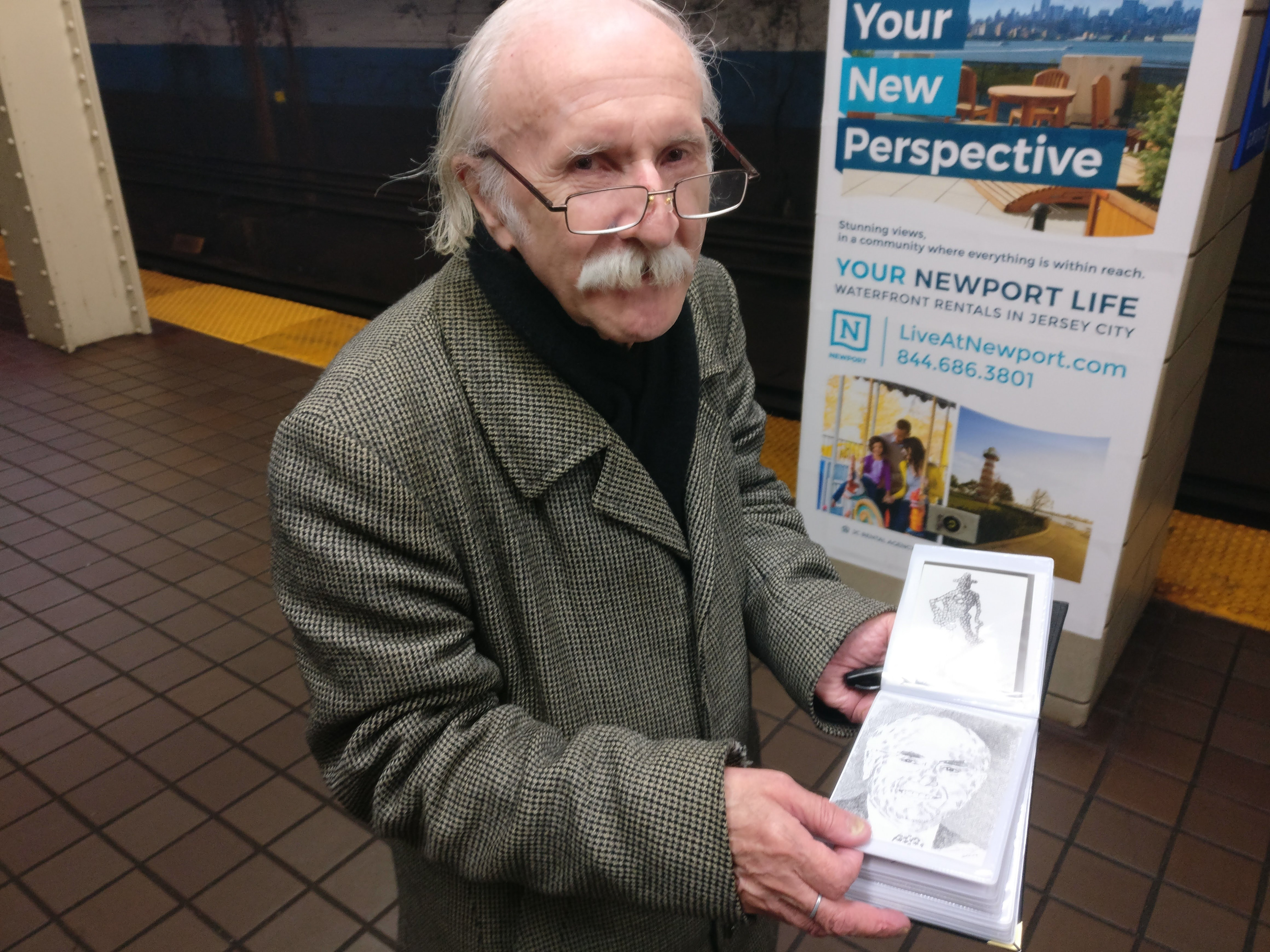
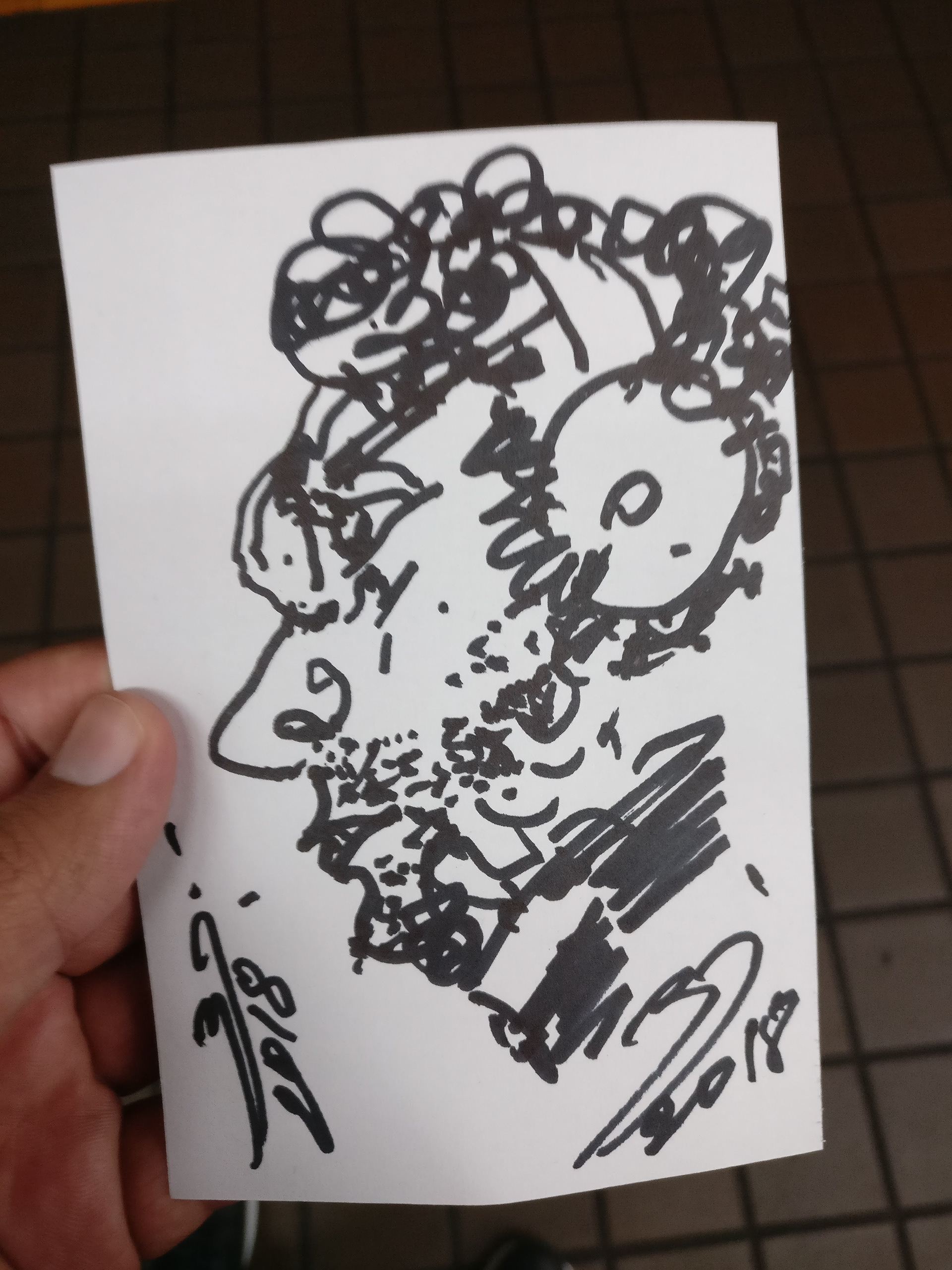
--- THANK YOU! ---


